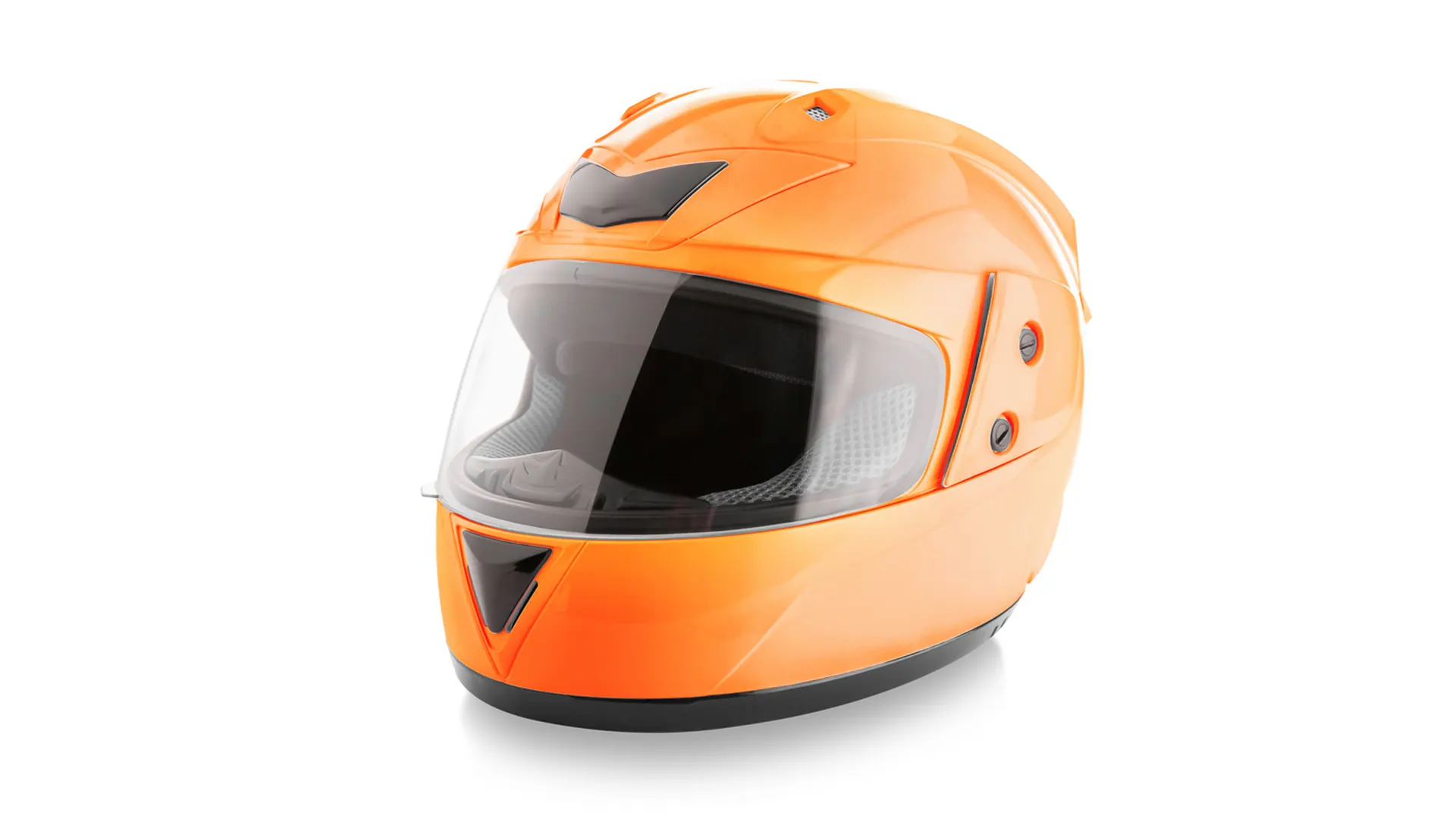Clipping Path VS Image Masking: Understanding The Difference

In the world of picture altering and control, various methods are accessible to upgrade and adjust pictures to meet particular necessities. Two commonly utilized procedures are clipping path and image veiling. These strategies permit you to disconnect particular parts of a picture, making alterations or applying impacts to those zones. Whereas both clipping way and picture concealing serve comparable purposes, there are particular contrasts between the two. Understanding these contrasts is significant for accomplishing the craving that comes about. In this comprehensive direct, we will dive into the dissimilarities between clipping way and picture concealing, and investigate when to utilize each procedure.
Clipping Path
A clipping path is a vector-based technique used to create a precise outline or silhouette around an object in an image. It involves drawing a closed path around the desired area, which effectively acts as a mask. The pixels inside the path remain visible, while those outside the path are hidden or removed.
One of the primary applications of clipping paths is in product photography. E-commerce platforms often require clean and professional product images, where the background needs to be removed. Using a clipping path, the object can be isolated from its background, allowing for placement on different backgrounds or usage in various contexts. The resulting image will have a sharp, defined edge, making it appear neatly cut out.
Another use case for clipping paths is in graphic design. Designers often need to incorporate specific elements into their designs or layouts. Objects can be isolated and manipulated independently by using a clipping path, allowing for greater flexibility and creativity in design compositions.
Furthermore, the clipping path is invaluable in advertising, as it enables precise positioning of products or models on different backgrounds, enhancing the overall visual impact of the advertisement. By removing the background through a clipping path, objects can seamlessly integrate into various marketing materials.
Image Masking
Image masking, unlike clipping path, involves creating a pixel-based mask to selectively hide or reveal parts of an image based on transparency levels. There are various types of image masking techniques, such as layer masking, alpha channel masking, or hair masking, each with its specific use case.
Image masking is particularly useful when dealing with complex edges. Some objects have intricate or semi-transparent edges that require precise selections. The clipping path may not always capture these fine details accurately, leading to unnatural-looking results. Image masking techniques, such as layer masking or alpha channel masking, allow for a more nuanced and accurate selection process, preserving the intricate edges and ensuring a seamless integration into different backgrounds.
Additionally, image masking is preferred for objects that have wispy or transparent elements, such as hair, fur, or sheer fabric. These elements often require a more sophisticated approach to achieve a realistic and natural blending with the background. Image masking techniques, such as hair masking, allow for precise selection and preservation of the fine details, resulting in a more authentic and visually appealing outcome.
Another area where image masking shines is in layered compositions. When creating composite images or collages, multiple layers need to interact seamlessly. Image masking enables precise control over the visibility and transparency of each layer, facilitating a cohesive composition. This technique ensures that the different elements blend harmoniously, creating a unified visual experience.
Choosing the Right Technique
To decide whether to utilize a clipping way or picture veiling, it’s fundamental to survey the characteristics of the picture and the particular necessities of the altering assignment. A clipping way is frequently the most reasonable choice if the question has well-defined edges and a strong foundation. It gives a clean and exact extraction, permitting for simple situations on distinctive foundations or utilization in different plan contexts.
On the other hand, if the question has complex or semi-transparent edges, or if there are wispy components like hair or hide, picture veiling methods are prescribed. They offer more noteworthy control and exactness in capturing complicated points of interest, guaranteeing a normal mixing of the question with the background.
It’s critical to note that both clipping way and picture veiling can be utilized in combination with other altering strategies to accomplish the desired result. For occasion, a clipping way may be utilized to extricate the primary question from the foundation, whereas picture veiling strategies are utilized to refine the edges or protect fine details.
By understanding the contrasts between clipping way and picture concealing, you can certainly select the suitable strategy for your particular picture-altering needs. Leveraging these capable apparatuses empowers you to improve your pictures, make compelling visual substance, and hoist the general effect of your site, showcasing materials, or realistic plan ventures. Whether you require exact protest extraction or complicated detail conservation, the right method will enable you to accomplish exceptional things in your picture-altering endeavors. General